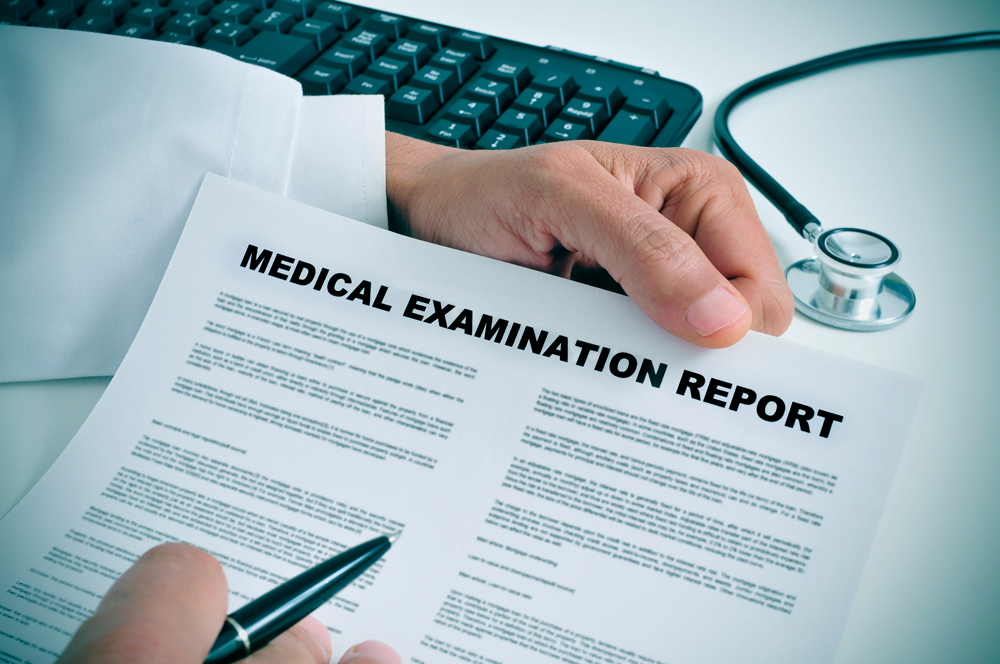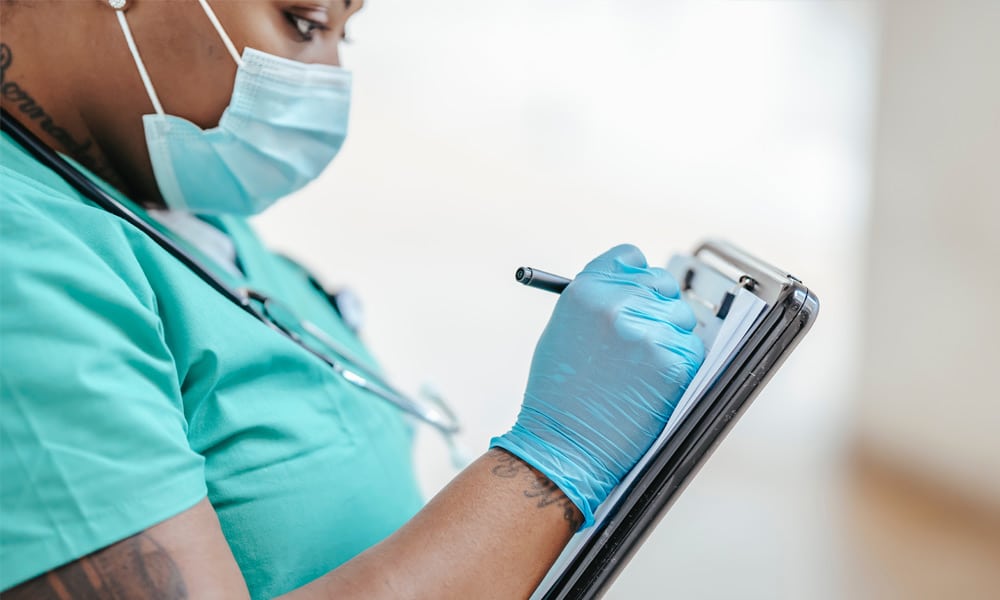Tips To Help You Protect Your Employee’s Hearing from Hearing Loss
Noise has a detrimental effect on humans in general, it appears we are not built for the noisy society that we now live and work in. Noise can affect your daily performance, behavior and of course your hearing. Exposure to noise has health implications that actually go far beyond damage to hearing. Noise can distract, disturb and interfere with communication and sleep. It can also raise blood pressure and make people irritable.
Occupational hearing loss
While noise can have many effects, the one that is most spoken of is hearing loss. Noise-induced hearing loss is a big problem in the industry. However, in many cases, hearing loss can be prevented at work. Initially recognizing the sources of damaging noise levels is needed. As part of your health and safety policy, you should monitor noise levels both general ambient noise levels and also the specific noise levels of machines.
It is important to undertake this on a regular basis, although machines may be rated to a particular noise level, this can change over time and wear. When the noise levels are assessed, you should set out a policy of using appropriate protective equipment. That protective equipment will only do its job when worn properly. A general rule of thumb is the “three feet rule.” If you have to shout to someone who is three feet away (about an arm’s length), the noise level in that location could be damaging.
Hearing loss is permanent
Your staff need to understand that excessive noise exposure will cause permanent hearing loss that cannot be medically treated. It can also result in constant ringing in your ears called tinnitus. Hearing loss has a dramatic effect on the quality of life of someone who suffers from it, so it makes sense to prevent hearing loss that is avoidable.
Teach your employees how to protect themselves from future hearing damage
- Know the safe volume limit to protect yourself from future hearing damage. A noise that is 0 to 80 decibels is generally safe. Noise above 80 decibels begins to have an effect on your hearing depending on exposure time. A noise that is between 140 to 200 decibels is dangerous and can have an immediate effect on hearing.
- A noise that exceeds the safe parameters but does not reach the dangerous range, will still cause damage to your hearing over time.
- Be aware that a single exposure to a very loud sound (such as weapon fire) can cause permanent hearing loss.
- Using proper hearing protection for the ambient noise environment can help prevent damage to your eardrum and hearing. Use the proper ear protection for the noise levels that you may be exposed to. There are several types of hearing protection devices available including foam earplugs, silicone earplugs, earmuffs and custom made ear protection.
- Foam earplugs need to be used correctly to offer any protection. They should be pinched when inserted, allowing the foam to expand in your ear until you achieve a tight, non-painful seal. Silicone earplugs should be inserted only until you feel a slight resistance to avoid damaging your inner ear.
- Earmuffs should rest about two finger widths from your jawbone and completely cover your ears for a tight seal on the side of your face.
- Custom ear protection is often the best option, they are custom made for your ear and they often offer the best protection with the least fuss.
Noise-induced hearing loss or occupational hearing loss is terrible if preventable problem. To ensure the safety of your employees you should make ear protection available where necessary and you should have their hearing screened on a regular basis. If you want to discuss noise management strategies, hearing protection or industrial hearing screening, contact us at 01455 234 600 to discuss your needs. While we are based in Leicester, we offer occupational health services across the United Kingdom







